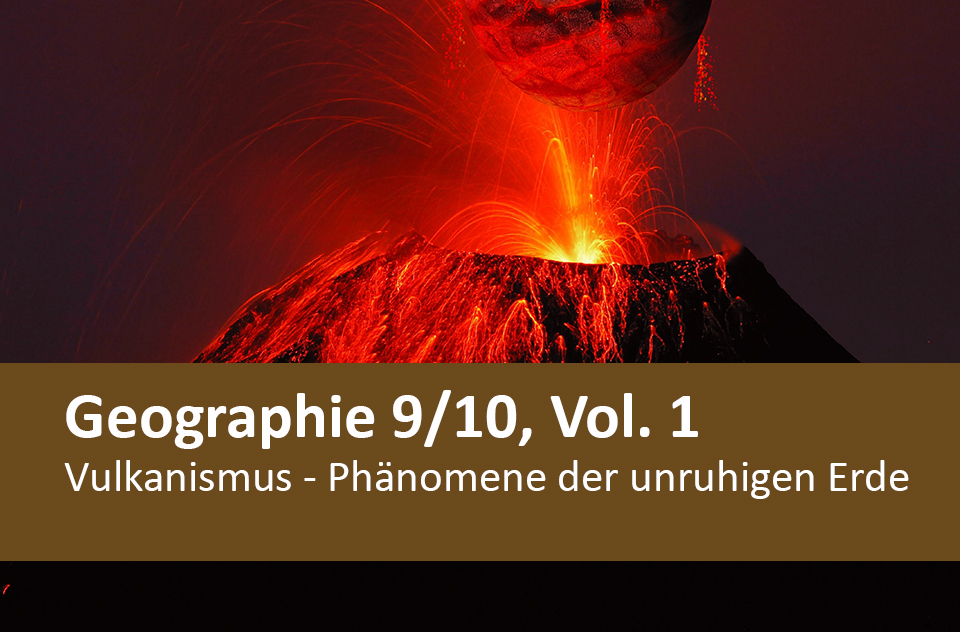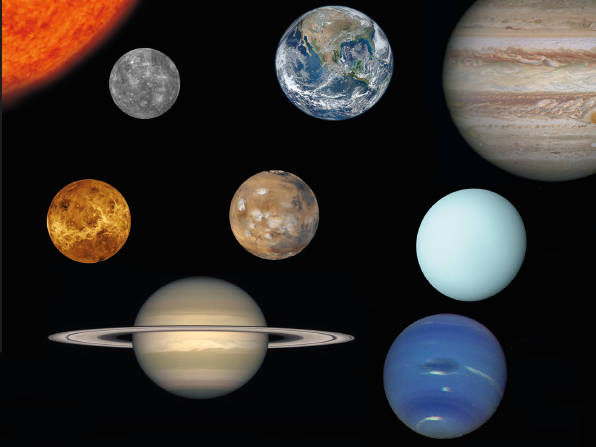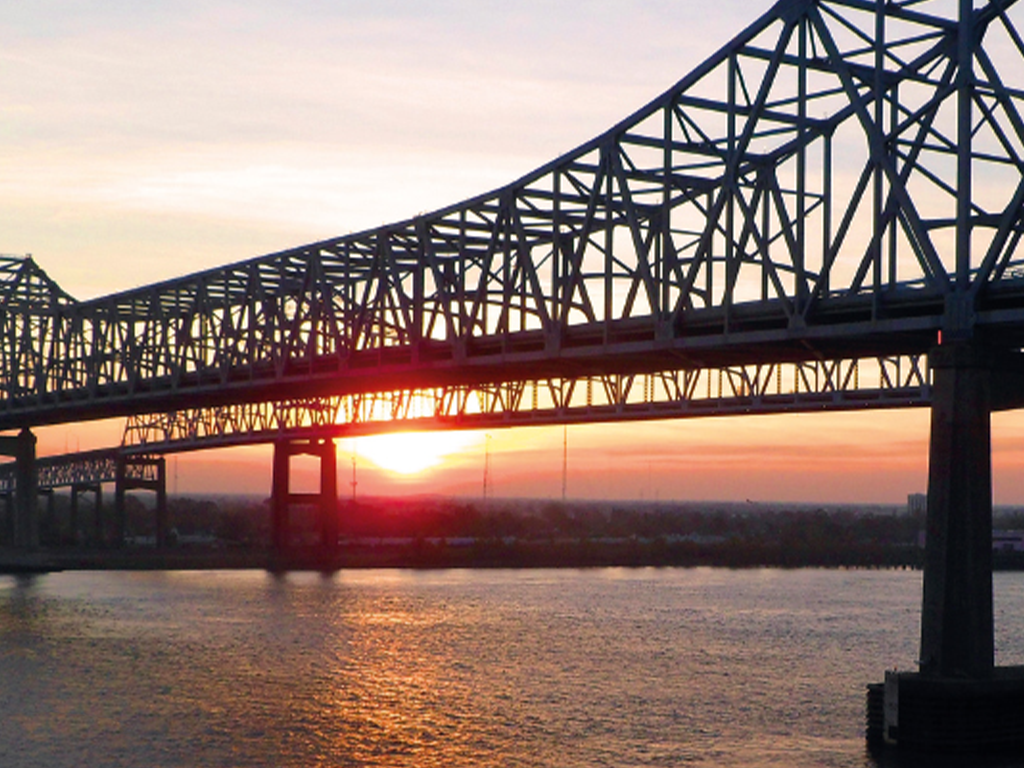
55502110
Vulkanismus – Phänomene der unruhigen Erde
In unserem Arbeitsheft Geographie 9/10, Vol. 1 – Vulkanismus – Phänomene der unruhigen Erde finden Sie 50 interaktive und didaktisch aufbereitete Aufgaben.
Das Medium bietet H5P-Aufgaben an, die ohne zusätzliche Software verwendbar sind. Das Medium enthält interaktive Videos und 50 H5P-Aufgaben zum Thema Geographie.
Durch interaktive Aufgabentypen wird das audiovisuelle und interaktive Lernen einfach.
Lernen macht jetzt Spaß!
Included Tasks
- 1. Erdaufbau - Interaktive Aufgaben
- 2. Lithosphäre - Interaktive Aufgaben
- 3. Plattentektonik - Bildzuordnung
- 4. Vorgänge an den Plattenrändern - Interaktive Aufgaben
- 5. Vorgänge an den Plattenrändern 2 - Interaktive Aufgaben
- 6. Die Lehre von der Kontinentaldrift - Lückentext
- 7. Motor der Plattentektonik - Konvektionsströme - Interaktive Aufgabe
- 8. Plattentektonische Antriebe - Interaktive Aufgabe
- 9. Wo es die meisten Vulkane gibt - Interaktive Aufgaben
- 10. Vulkanismus in Japan - Interaktive Aufgaben
- 11. Lava-Lampe - Interaktive Aufgaben
- 12. Aufstieg des Magmas - Ineraktive Aufgaben
- 13. Aufstieg des Magmas 2 - Interaktive Aufgaben
- 14. Entstehung von Magma - Interaktive Aufgaben
- 15. Peridotit - Interaktive Aufgaben
- 16. Zusammenfassung - Entstehung von Magma - Lückentext
- 17. Vulkanismus - Begriffe - Interaktive Aufgaben
- 18. Vulkane - Nutzen und Gefahren - Interaktives Video
- 19. Schichtvulkane - Interaktives Video
- 20. Schildvulkane - Interaktives Video
- 21. Caldera - Interaktives Video
- 22. Unterwasservulkane - Interaktive Aufgabe
- 23. Vulkanformen - Interaktive Aufgaben
- 24. Vulkanformen - Bildkarten
- 25. Vulkanausbrüche - Interaktives Video
- 26. Arten des Ausbruchs - Interaktive Aufgaben
- 27. Lava - Interaktives Video
- 28. Pyroklastika - Interaktives Video
- 29. Lava - Interaktives Schaubild
- 30. Lava-Arten - Bildkarten
- 31. Vulkanische Gase - Interaktives Video
- 32. Gemäßigte Vulkanaktivitäten - Interaktives Video
- 33. Erloschene Vulkane - Interaktive Aufgaben
- 34. Förderprodukte des Vulkanismus - Interaktives Video
- 35. Tuff - Interaktives Video
- 36. Entstehung von Obsidian und Bimsstein - Interaktives Video
- 37. Magmatische Gesteine - Interaktive Aufgaben
- 38. Magmatische Gesteine - Merkmale - Bildkarten
- 39. Magmatische Gesteine - Bildkarten
- 40. Magmatische Gesteine - Entstehung - Interaktive Aufgaben
- 41. Magmatische Gesteine - Lückentext
- 42. Merkmale des Vulkanismus - Interaktive Aufgaben
- 43. Welcher Begriff passt nicht? - Interaktive Aufgaben
- 44. Hawaii-Inselkette - Interaktive Aufgaben
- 45. Hawaiianische Sage - Interaktive Aufgaben
- 46. Entstehung der Inselkette Hawaii - Interaktive Aufgaben
- 47. Manteldiapir - Interaktive Aufgaben
- 48. Vulkanismus auf Island - Interaktive Aufgaben
- 49. Island - Lückentext
- 50. Hotspotvulkanismus - Zusammenfassung - Interaktive Aufgaben
Curriculum-centred and oriented towards educational standards
Matching
Northrine-Westphalia
North Rhine-Westphalia unites many contrasting mentalities and forms of life and landscape. It is a land of low mountain ranges, lowlands and vibrant metropolises.
Our Solar System
Looking up at the cloudless night sky is something special. It is a spectacle that we are offered free of charge every clear night.
The River as a Lifeline
From source to mouth our rivers are constantly on the move. They count among the most dynamic biospheres on Earth and are vital connections for numerous plants and animals between otherwise separate habitats. For thousands of years, humans all over the world have tended to settle along rivers. Due to their advantageous situation at a river, many large cities developed, for instance Cairo, the largest metropolis in Africa.









